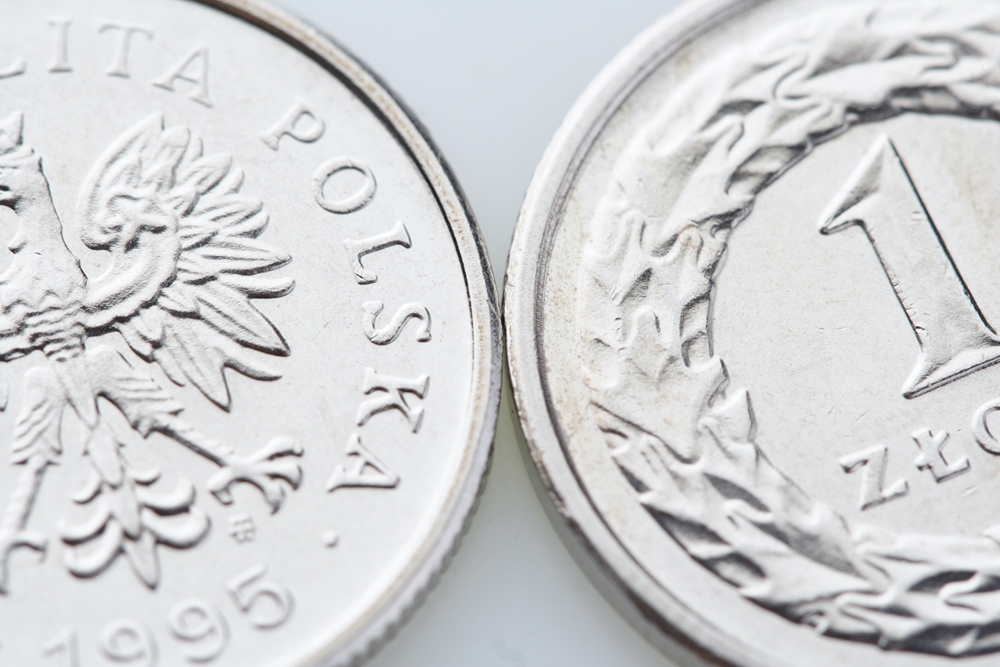Economists anticipate a reduction in Poland’s consumer inflation to 5.5 percent year-over-year by the end of 2024, a decrease from 6.6 percent in November 2023; they also predict a 50 basis point cut in the primary interest rate by the end of the year.
However, some pessimistic forecasts suggest that the inflation rate might escalate higher by the end of this year, with mBank analysts considering a potential increase to over 8 percent. Kamil Sobolewski, chief economist at Employers of the Republic of Poland, predicts a rate of 7.5 percent.
Experts anticipate that inflation in Poland will consistently reach the central bank’s target (2.5 percent ± 1 percentage point) by 2026, although some analysts consider a stabilization as early as the latter half of 2025. Economists note that key challenges in forecasting inflation include uncertainties such as the government’s approach to VAT on food and measures to protect against rising prices in electricity, natural gas, and district heating.
The current base interest rate in Poland stands at 5.75 percent, and despite recent reluctance toward further monetary easing, National Bank of Poland (NBP) head Adam Glapiński highlights substantial uncertainties related to the fiscal policy of the new government.
Consequently, the Monetary Policy Council (MPC) must observe the situation and hold off on taking action. Nevertheless, economists surveyed by Business Insider Polska believe that the central bank will resume its monetary easing policy this year, forecasting the main NBP rate to fall to 5.25 percent by the end of 2024.
Most analysts agree that the MPC in Poland is unlikely to implement cuts in the first half of the year but may consider such actions after the summer.
Cezary Kochalski, a member of the Monetary Policy Council, suggested in November that maintaining stable interest rates throughout 2024 is a possible scenario.
He clarified that while this does not necessarily predict the future, it will depend on incoming information regarding inflation prospects and economic activity. Kochalski noted that in 2024, demand-side factors are becoming increasingly significant and the final shape of fiscal policy after the European Parliamentary elections will have a crucial impact.





